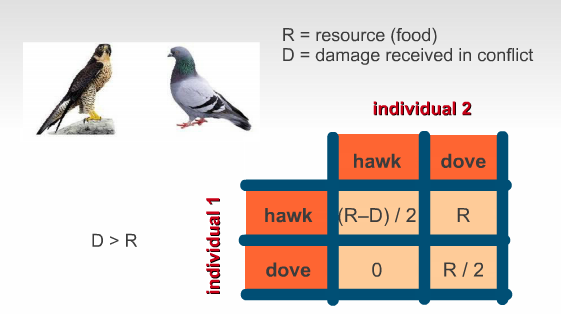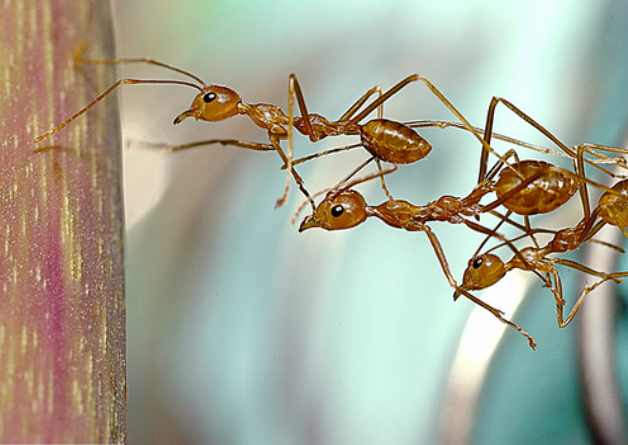Studying evolution and cooperation with Game Theory and Complex Networks
In the second week of the School on Complex Networks and Neuroscience, the lectures of Jesús Gómez-Gardeñes discussed how Game Theory ideas can help in studies of biology and evolution. His research focus especially on the mechanisms related to cooperation and imitation behavior in human populations.
Game Theory
Game Theory ideas have applications in several areas, from economics to biology. The main purpose of the area is to find the best strategy, or alternative, when we face a problem in nature or society.
“With Game Theory we can “mathematize” conflicts and dilemmas, which allows us to calculate the best solution for them”, says Gardeñes.
A classic example of the area is the “Prisoner’s Dilemma”.
One way to solve problems like this one is to calculate the Nash Equilibrium for the situation – the result will show what strategy is the best one. In the Prisoner’s Dilemma case, telling on your friend is the best option.
Evolution
Game Theory can be applied in studies of biology and evolution. One of the first works in the area, “The logic of animal conflict,” was written by John Maynard Smith and George Price in 1973 and published in Nature. In the article, the researchers imagine a situation where two species, like hawks and doves, compete for the same resource.
In this simplified case, imagine that when a dove competes with another dove for food, they share the resource. When a hawk competes with a dove, the hawk gets the resource. And when two hawks compete for food, they will fight – their final result will be the resource minus the damage they take in the conflict. So, what species would be favored by evolution?
“Game Theory can show how different strategies adopted by different species have different success rates”, explains Gardeñes. “So the process of natural selection will favor animals that adopt the strategy that provides the best results”.
In the example between hawks and doves, if the damage caused by the conflict between hawks is large, the dynamic tends toward an equilibrium, suggesting that the two species can coexist. When there are many hawks, the chances of two animals of this species meeting and fighting is high, favoring doves. When there are many doves, hawks are favored as they will have a good chance of winning the resource. In Game Theory, hawks and doves can represent different types of animals or different types of behavior of individuals of the same species.
Cooperation
According to Game Theory ideas, in most situations cooperation is not a strategy that would succeed in nature. Therefore, several studies try to understand how cooperation emerged, evolved and managed to survive in a great variety of communities. Some hypotheses say that this strategy favors the preservation of genes, as there is the possibility of increasing the chances of survival of your family members if you cooperate with them. In other communities, individuals that don’t cooperate might be punished.
“In my research, I try to understand cooperation in human populations”, says Gardeñes. “Through studies of complex networks, we can better understand how people relate to each other”.
Gardeñes points out that humans are different from animals, as they can change strategy at any time. While a dove can’t choose to behave like a hawk, we can change our behavior. One of the reasons that make us change our strategy is by observation: when we see someone else adopt a different strategy from our own and be successful, we can choose to imitate him.
“My work also aims to understand the mechanisms of imitation strategies in humans,” says Gardeñes. “Our objective is to create simulations that are as close to reality as possible. One of the ways of doing this is to add multiple networks to the system: related to work, friendships, family and so on”.



